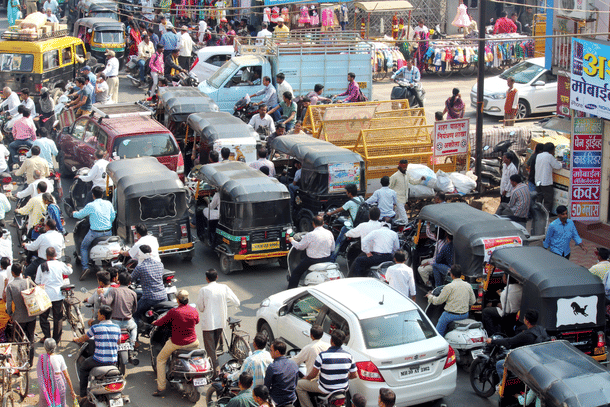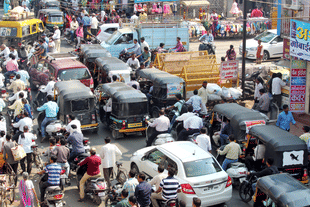News Brief
India Has Nearly Eliminated Extreme Poverty, Sharp Reduction In Inequality Over Last 12 Years: Study
Kuldeep Negi
Mar 02, 2025, 12:07 PM | Updated 12:07 PM IST
Save & read from anywhere!
Bookmark stories for easy access on any device or the Swarajya app.


India has witnessed a sharp reduction in poverty and inequality over the past decade, according to a new study by economists Surjit S Bhalla and Karan Bhasin.
The study, based on government household expenditure data from 2022-23 and 2023-24, finds that extreme poverty in India has nearly been eliminated, and inequality has declined significantly.
Extreme Poverty Nearly Eliminated
The study reports that at the World Bank’s $3.65 PPP poverty line, India’s poverty rate has fallen from 52 per cent in 2011-12 to just 15.1 per cent in 2023-24.
At the lower $1.90 PPP extreme poverty line, the poverty rate is now below 1 per cent.
The largest improvements have been seen in the bottom three deciles of the population, which experienced record increases in consumption.
Inequality on the Decline
Contrary to the popular belief that inequality has been rising in India, the study finds that consumption inequality has actually declined.
The Gini coefficient, a key measure of inequality, dropped from 37.5 in 2011-12 to 29.1 in 2023-24. This marks one of the largest declines in inequality among large economies.
The authors note that such a reduction is rare, as inequality typically increases in fast-growing economies.
"Only two other countries better the Indian record – Bhutan and Dominican Republic...However these two countries have very small populations," the study notes.
"Inequality reduction for such a large and high growth economy like India, is, exceptional and unique," it added.
Need for a New Poverty Line
The study argues that India's current poverty lines, based on older measures, no longer reflect economic realities.
It suggests adopting a new poverty benchmark, such as using the spending level of the bottom 33rd percentile of the population or adopting a relative poverty measure like Europe’s, where poverty is defined as 60 per cent of median income.
The authors noted that India’s last official poverty estimates were set by the Tendulkar and Rangarajan committees, but NITI Aayog has yet to revise them despite its mandate to do so.
Survey Data Validity
The study also addresses concerns about data reliability, stating that the latest surveys used an improved three-visit methodology to capture consumption data more accurately.
The survey consumption-to-national-accounts (S/NA) ratio remained stable over time—at 46.9 per cent in 2022-23 and 47.9 per cent in 2023-24, compared to 52.4 per cent in 2011-12—indicating that the observed reduction in poverty is not due to survey changes but reflects real trends.
What the Study Recommends
The study suggests that with extreme poverty now almost gone, India should shift its focus from lifting people out of poverty to strengthening the middle class.
Kuldeep is Senior Editor (Newsroom) at Swarajya. He tweets at @kaydnegi.





